The Best Fluffy Pancakes recipe you will fall in love with. Full of tips and tricks to help you make the best pancakes.
The Best Mozzarella for Pizza: A Guide to Making the Perfect Pie
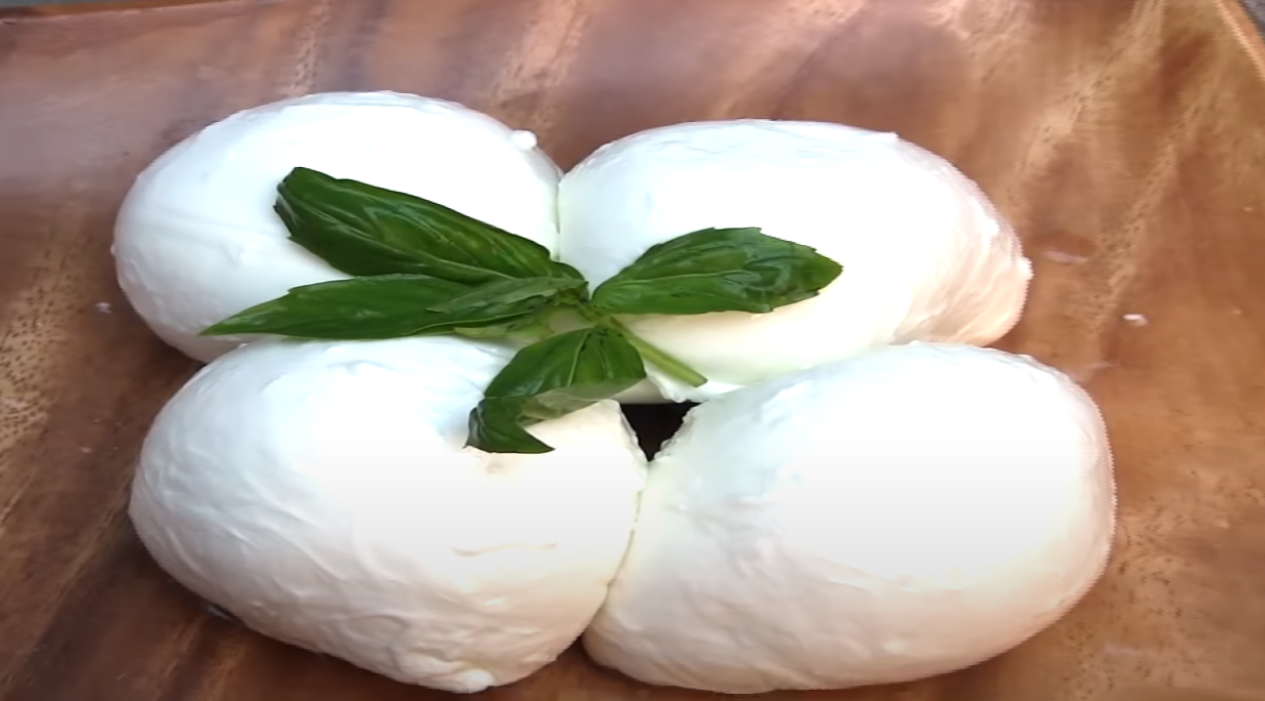
Pizza is beloved around the world as a delicious, versatile dish that can be customized to suit anyone’s tastes. However, there is one ingredient that plays a crucial role in the success of any pizza: mozzarella cheese. Not all mozzarella is created equal, and choosing the right type of mozzarella can make or break your pie. In this guide, we will explore different types of mozzarella and offer tips and tricks for perfecting your pizza game.
Understanding the Importance of Mozzarella in Pizza
Before we dive into the specifics of mozzarella, it’s important to understand just why this cheese is so crucial to pizza. Mozzarella provides a creamy, melty base for your toppings, and its mild flavor profile won’t overwhelm other ingredients. It also helps to bind your pizza together and keep any toppings from sliding off.
The Role of Mozzarella in Traditional Pizza
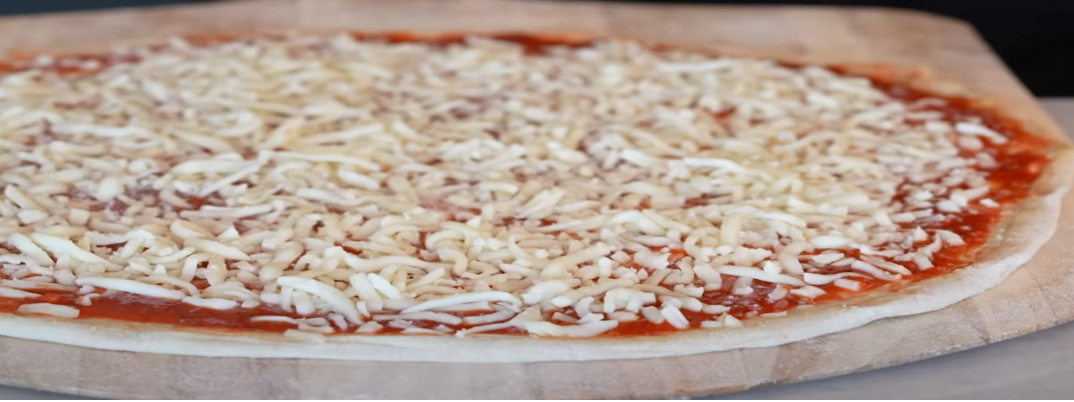
In traditional Neapolitan-style pizza, mozzarella is the only cheese used. It’s applied in small pieces throughout the pie, allowing it to melt evenly and create a smooth texture. Using other cheeses or too much mozzarella can result in a pie that is overwhelming or greasy.
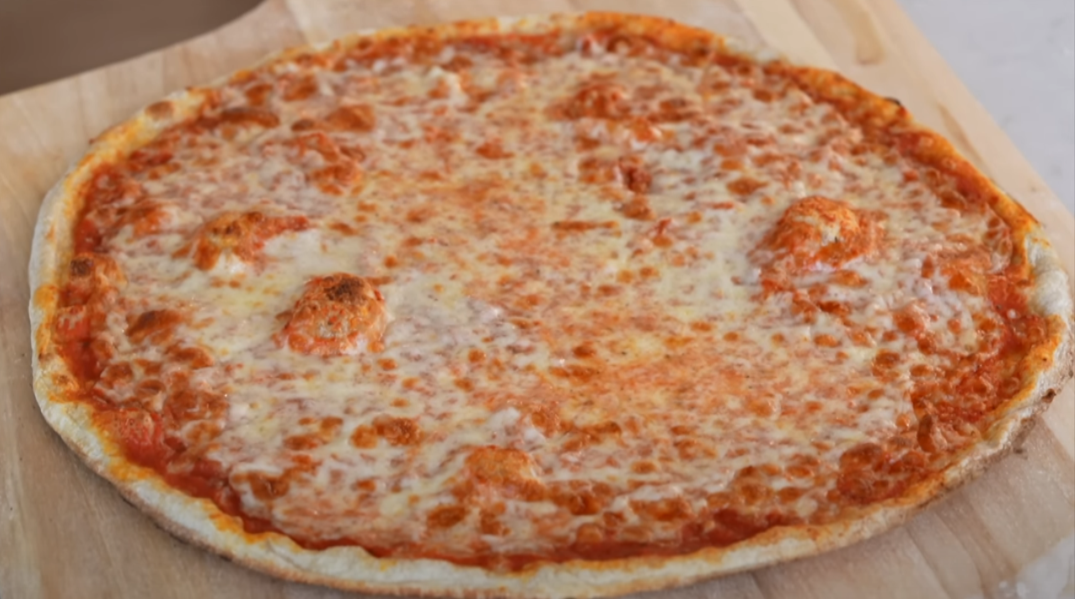
But did you know that mozzarella wasn’t always the go-to cheese for pizza? In fact, it wasn’t until the late 1800s that mozzarella became the preferred cheese for pizza makers in Naples, Italy. Before then, other cheeses such as provolone and caciocavallo were commonly used. However, mozzarella’s ability to melt evenly and create those signature strings made it the perfect choice for pizza.
The Science Behind Mozzarella’s Melting Properties
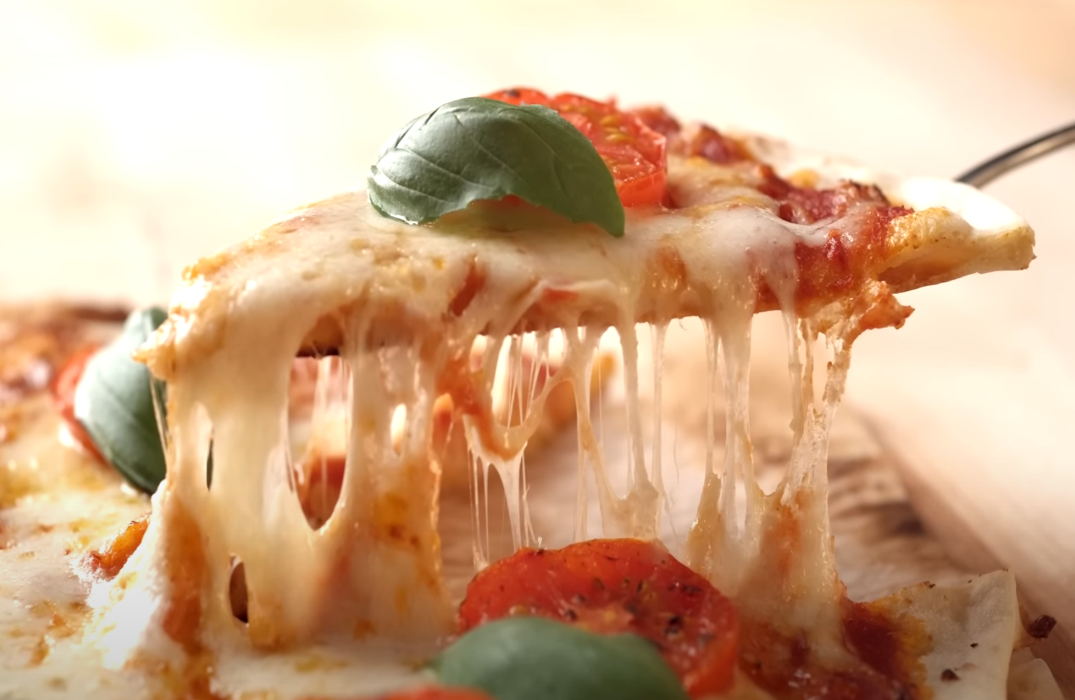
One of the most important characteristics of mozzarella is its melting properties. When heated, the cheese should become stretchy and gooey, creating strings that are characteristic of a good pizza. This is due to the cheese’s unique protein structure, which allows it to form a matrix when heated.
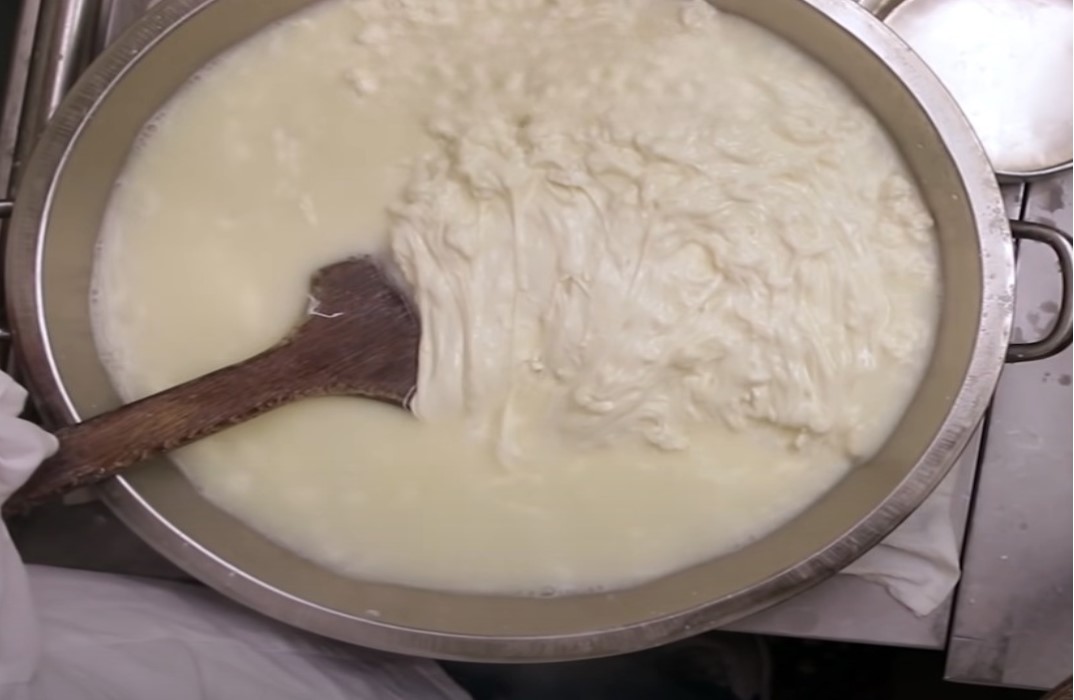
But what exactly is this protein structure? Mozzarella is made from the milk of water buffalo, which contains a protein called casein. When the milk is heated and acidified, the casein molecules begin to bond together, forming a network of proteins. This network is what gives mozzarella its stretchy, melty properties when heated.
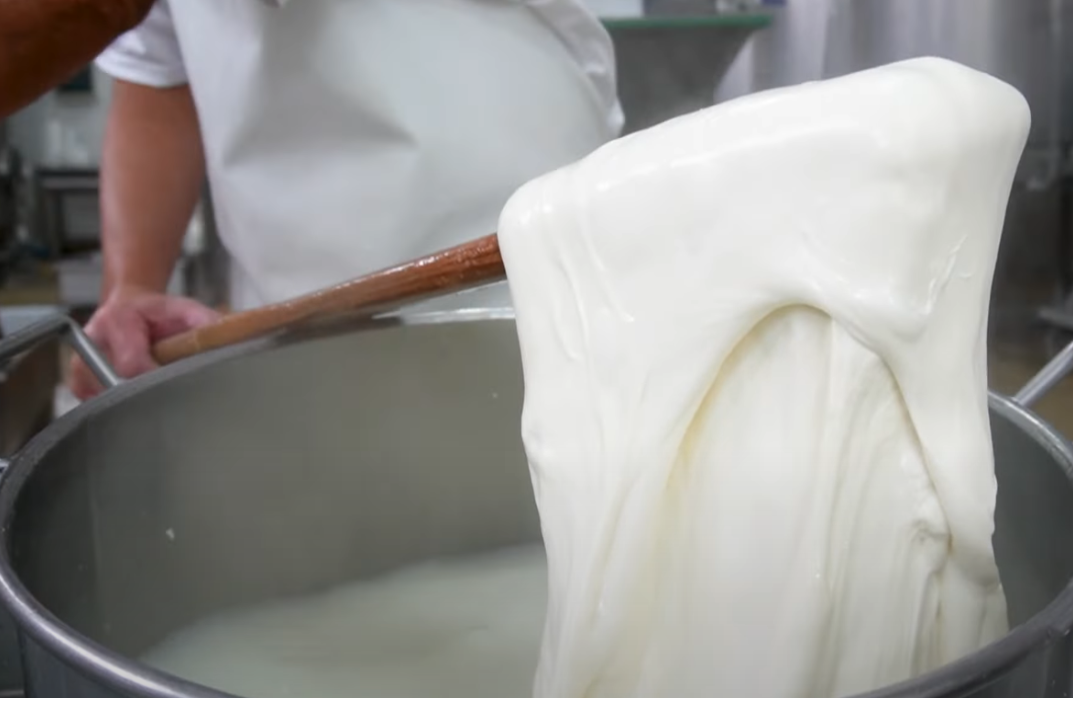
In addition to its unique protein structure, the quality of the milk used to make mozzarella also plays a crucial role in its melting properties. Water buffalo milk has a higher fat content than cow’s milk, which gives mozzarella its rich, creamy flavor and helps it to melt evenly.
So the next time you bite into a delicious slice of pizza, take a moment to appreciate the science and history behind that perfectly melted mozzarella.
Types of Mozzarella for Pizza
There are several different types of mozzarella that can be used for pizza. Each has its own flavor profile, texture, and melting properties.
Fresh Mozzarella
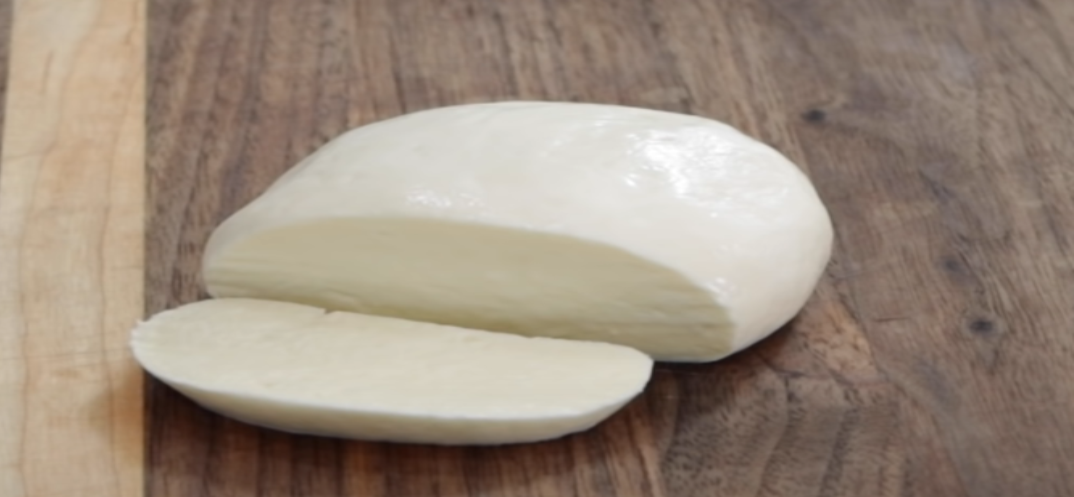
Also known as “buffalo” or “di bufala” mozzarella, this cheese is made from the milk of water buffalo. It has a high moisture content and a tangy, slightly sour flavor. Fresh mozzarella is best used in pizzas with minimal toppings, as it can become waterlogged if used too heavily.
Low-Moisture Mozzarella
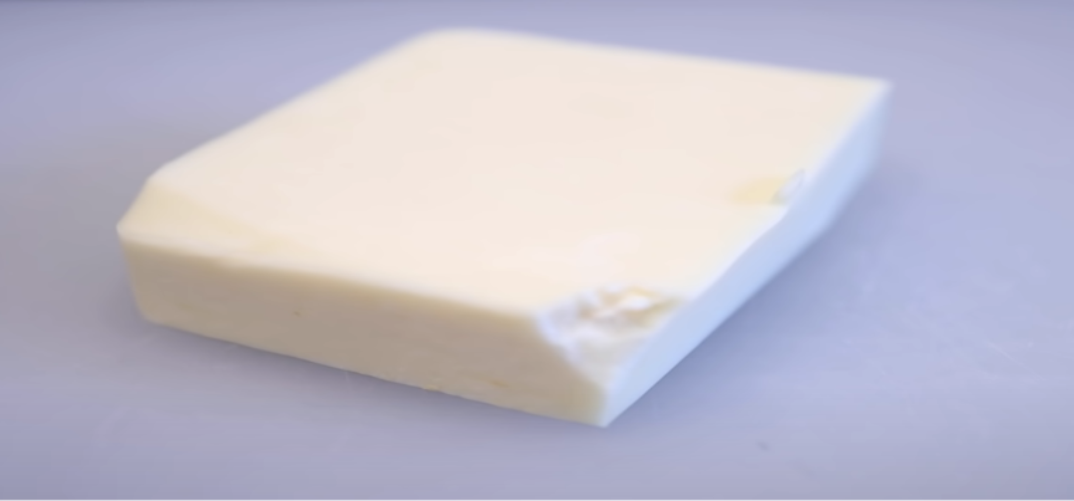
Low-moisture mozzarella is made from cow’s milk and has a firmer texture and lower moisture content than fresh mozzarella. This makes it ideal for pizzas with a lot of toppings or for those cooked at high temperatures, as it won’t release as much water as fresh mozzarella.
Buffalo Mozzarella
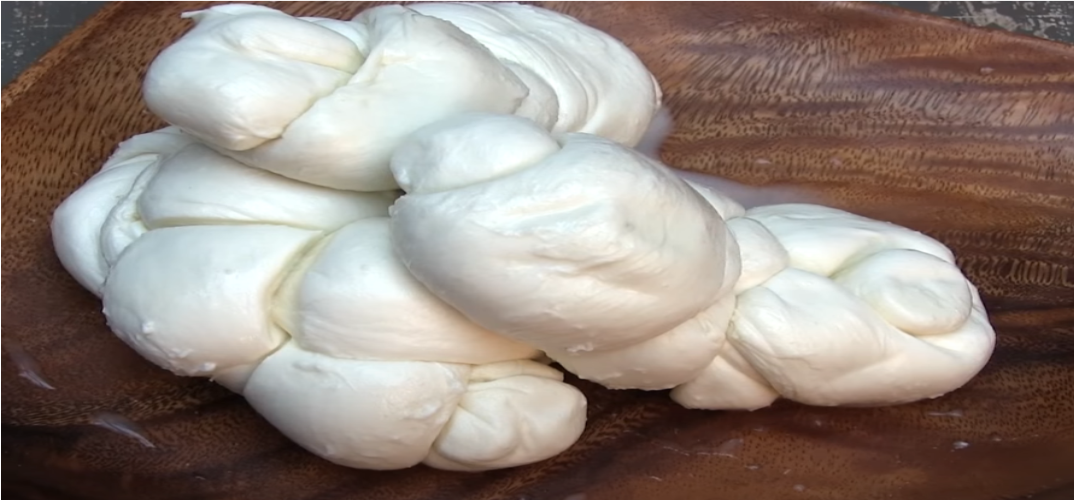
Buffalo mozzarella is similar to fresh mozzarella but is made from buffalo milk. It has a slightly sweeter flavor than fresh mozzarella and is perfect for traditional Neapolitan-style pizzas.
Smoked Mozzarella
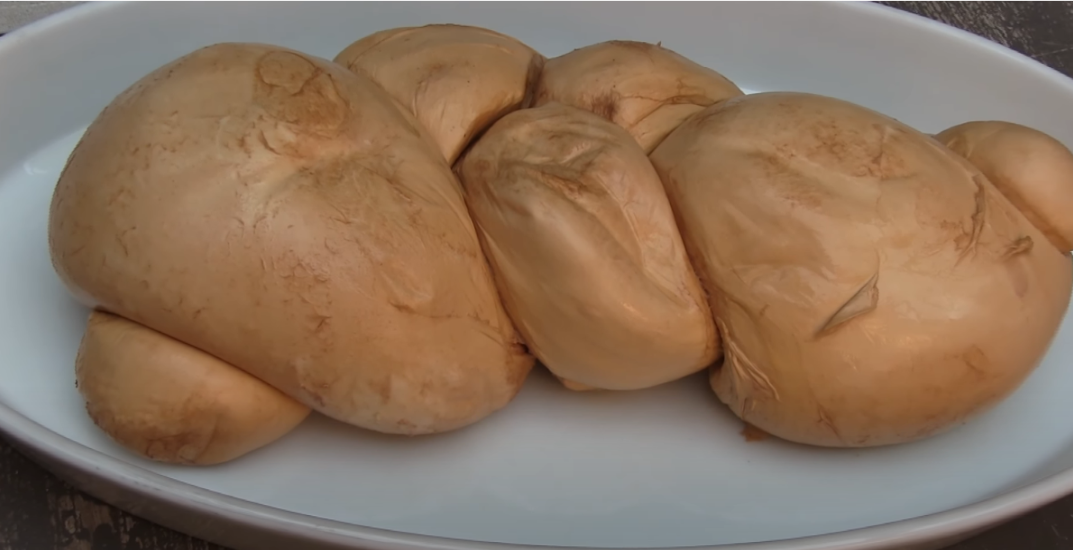
Smoked mozzarella is a variation that has been infused with smoke flavoring. It has a distinct smoky flavor that is perfect for adding depth to pizzas with bold toppings, such as sausage or bacon.
How to Choose the Right Mozzarella for Your Pizza
When it comes to pizza, choosing the right mozzarella can make all the difference in the world. After all, mozzarella is the star of the show! Here are some factors to consider when selecting the perfect mozzarella for your pizza.
Flavor Profile Considerations
One of the most important factors to consider when selecting a mozzarella for your pizza is the flavor profile. The flavor of your mozzarella should complement the other ingredients on your pizza. If you’re using bold flavors like spicy pepperoni or strong garlic, a milder mozzarella may be the best choice. This will prevent the cheese from overpowering the other flavors on the pizza. On the other hand, if you’re using more subtle toppings like mushrooms or olives, a more flavorful mozzarella can provide a nice contrast.
When it comes to flavor, there are many different types of mozzarella to choose from. Some mozzarellas are made from buffalo milk, while others are made from cow’s milk. Some are aged for a longer period of time, resulting in a stronger flavor, while others are fresher and milder. Take the time to explore different types of mozzarella to find the one that best suits your taste buds.
Texture and Melting Preferences
Another important factor to consider when selecting a mozzarella for your pizza is the texture. The texture of your mozzarella will affect how it melts and interacts with other ingredients. Fresh mozzarella, for example, will give you more of a creamy texture, while low-moisture mozzarella will be firmer and less gooey.
Consider the texture you prefer and choose a mozzarella that matches. If you like a gooey, melty cheese, go for a fresh mozzarella. If you prefer a firmer, chewier texture, go for a low-moisture mozzarella. Keep in mind that different types of mozzarella will melt differently, so choose the one that will give you the desired texture on your pizza.
Budget and Availability
Finally, budget and availability can be factors in your mozzarella choice. Fresh buffalo mozzarella may be harder to find or more expensive than lower-priced cow’s milk options. Consider your budget and accessibility when making your choice.
Remember, the perfect mozzarella for your pizza is a matter of personal preference. Take the time to explore different types of mozzarella and find the one that best suits your taste buds and your budget. With a little experimentation, you’ll be able to create the perfect pizza every time!
Tips for Using Mozzarella in Pizza Making
Mozzarella is a classic cheese for pizza making, loved for its mild flavor and meltability. Whether you’re a seasoned pizza pro or a beginner, these tips will help you get the best results when using mozzarella in your pizza making.
Choose the Right Mozzarella
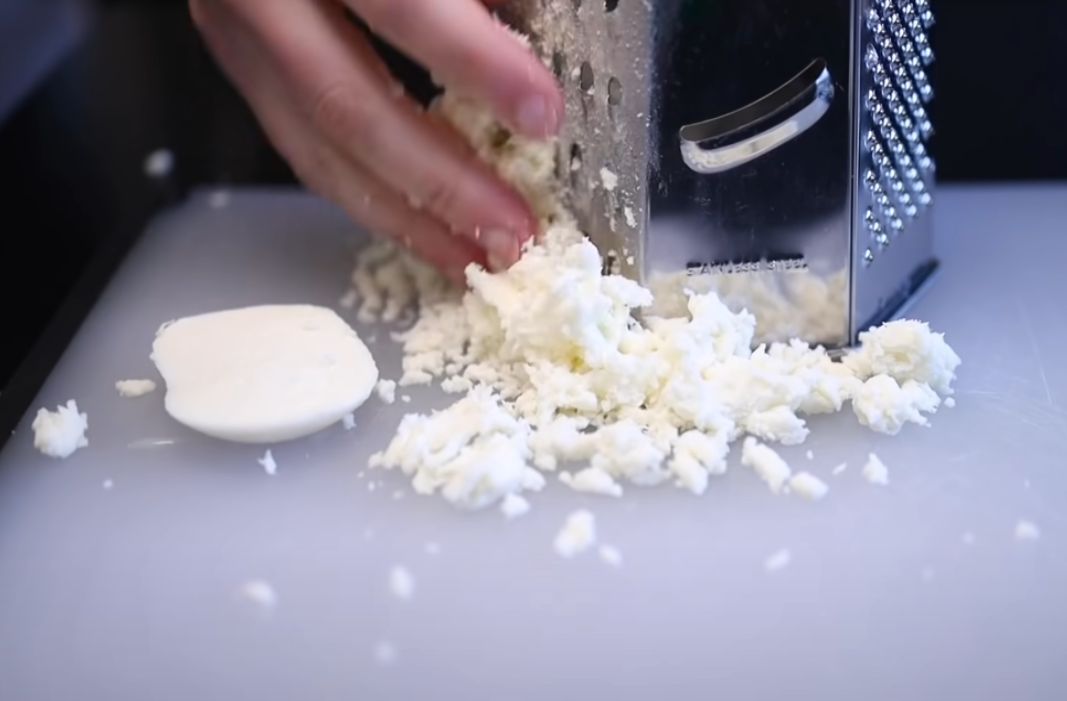
Before you start making your pizza, it’s important to choose the right mozzarella. Fresh mozzarella is a popular choice, but it can be quite watery, so make sure to drain it properly (more on that below). Shredded mozzarella is also a good option, as it’s easy to sprinkle evenly across the pizza.
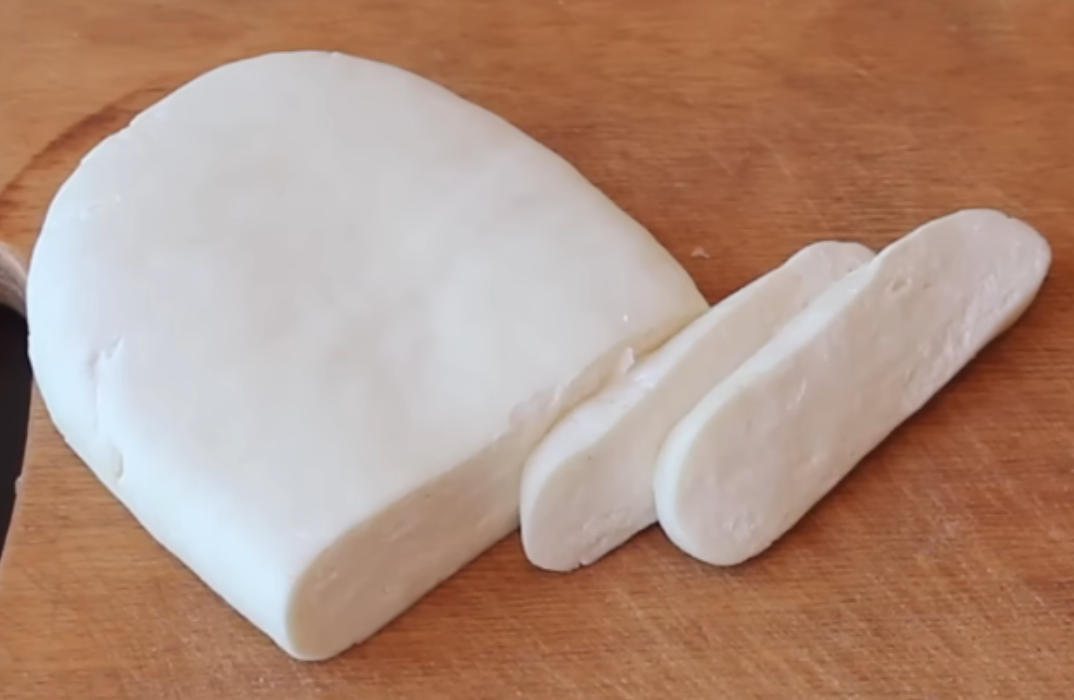
If you want to get fancy, you can also try using buffalo mozzarella, which is made from the milk of water buffalo and has a tangier flavor than regular mozzarella. Or, you can experiment with different types of mozzarella, such as smoked or aged, to add a unique twist to your pizza.
Properly Draining Fresh Mozzarella
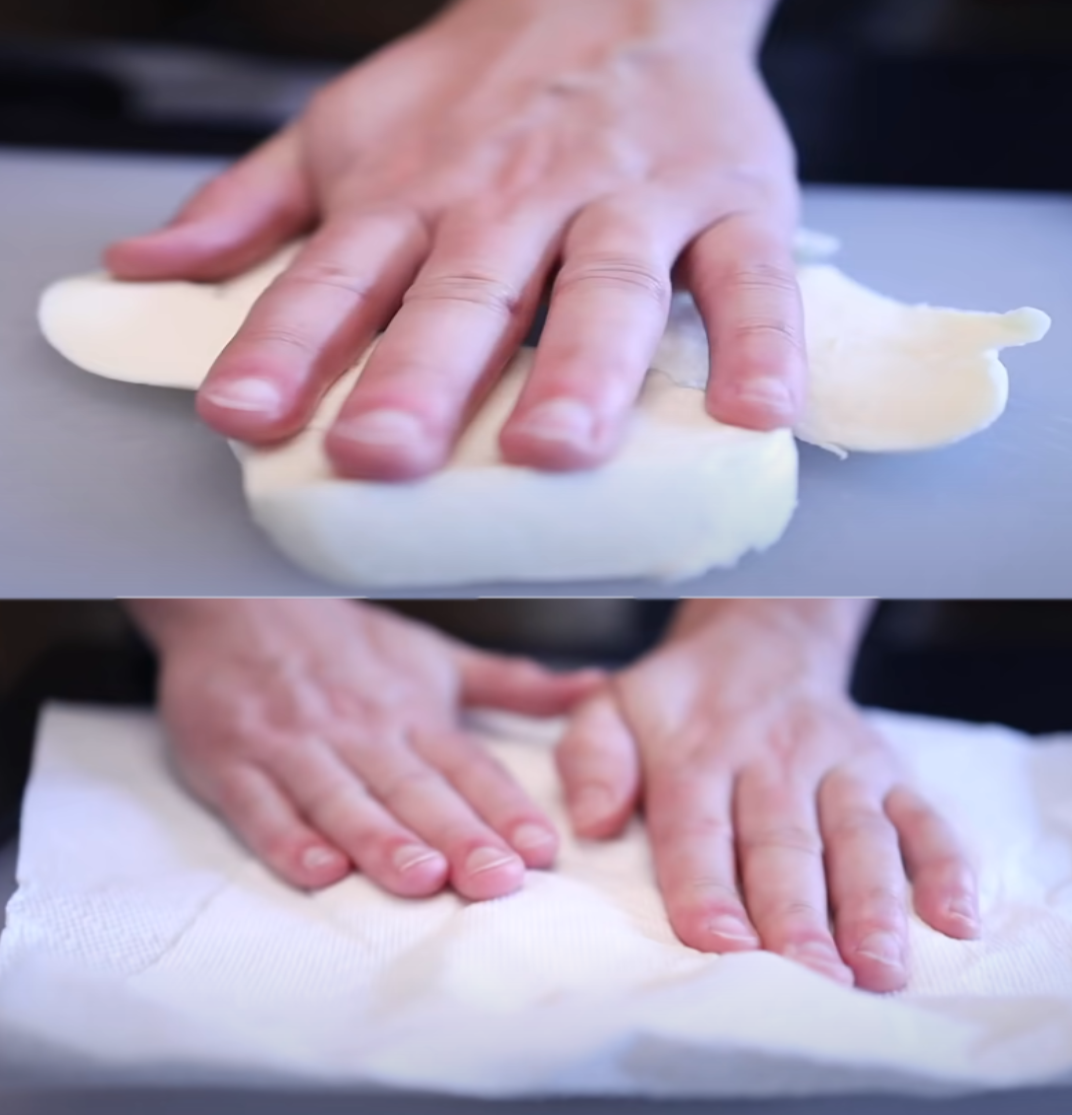
When using fresh mozzarella, it’s important to thoroughly drain any excess water. This can be done by patting the cheese dry with paper towels or a clean kitchen cloth. Excess water can result in a soggy crust, so take the time to drain the mozzarella properly.
Another option is to slice the mozzarella and place it on a wire rack to allow any excess water to drip off. This method may take a bit longer, but it ensures that your pizza won’t be weighed down by excess moisture.
Grating and Slicing Techniques
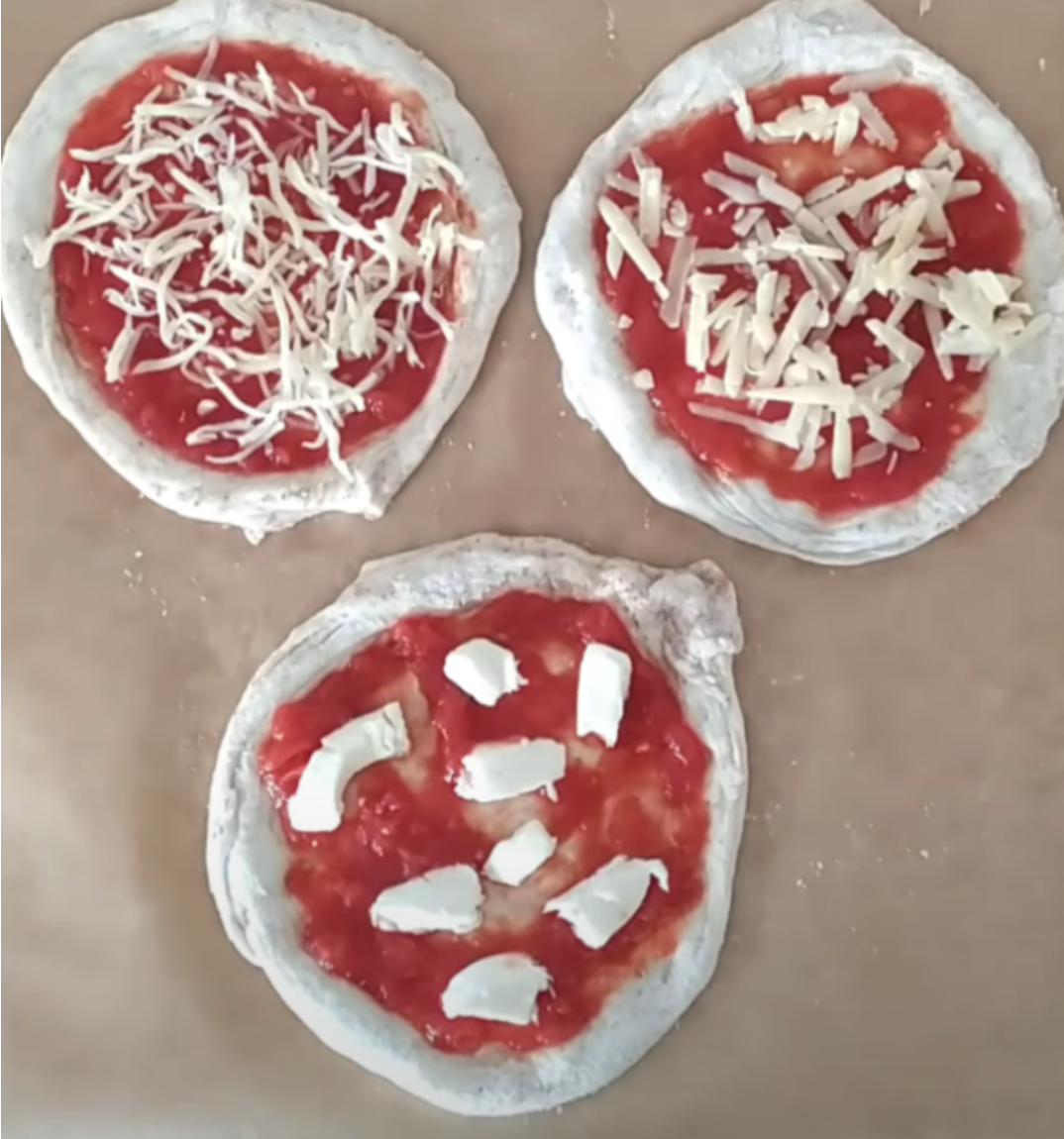
For optimal melting and placement, the mozzarella should be sliced or grated thinly. This allows it to melt evenly and create a uniform layer across the pizza. If you’re using shredded mozzarella, make sure to sprinkle it evenly across the pizza, leaving a bit of space around the edges for the crust to brown.
If you’re using fresh mozzarella, you can slice it into rounds or tear it into small pieces and scatter it across the pizza. Just make sure not to overload the pizza with cheese, as this can cause it to become greasy and heavy.
Balancing Mozzarella with Other Toppings
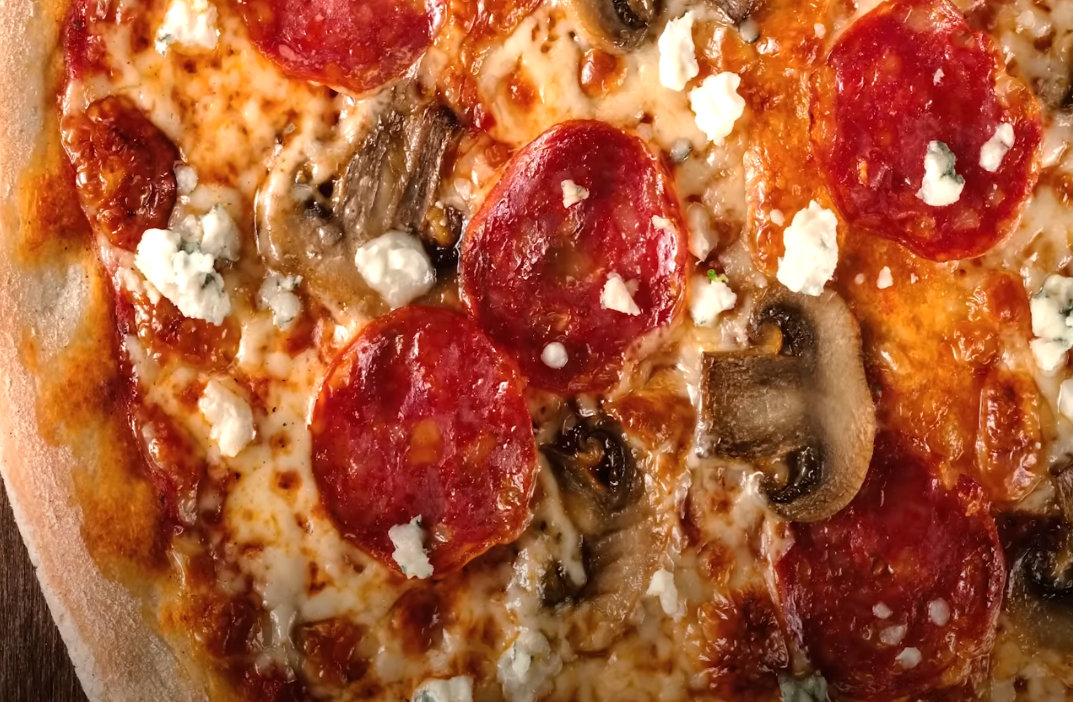
When adding toppings to your pizza, it’s important to strike a balance with the cheese. Too much mozzarella can overwhelm the other toppings, while too little can leave your pizza dry and tasteless. Experiment and find the right balance for your preferences. Some classic pizza toppings that pair well with mozzarella include pepperoni, mushrooms, onions, and bell peppers. For a gourmet twist, try adding prosciutto, arugula, or roasted garlic.
Remember, pizza making is all about experimentation and finding what works best for you. So don’t be afraid to get creative and try new things with your mozzarella!
Pairing Mozzarella with the Perfect Pizza Sauce
Choosing the right sauce can be just as important as selecting the right cheese. A perfect sauce can elevate the taste of your pizza to a whole new level. Consider these classic options.
Classic Tomato Sauce
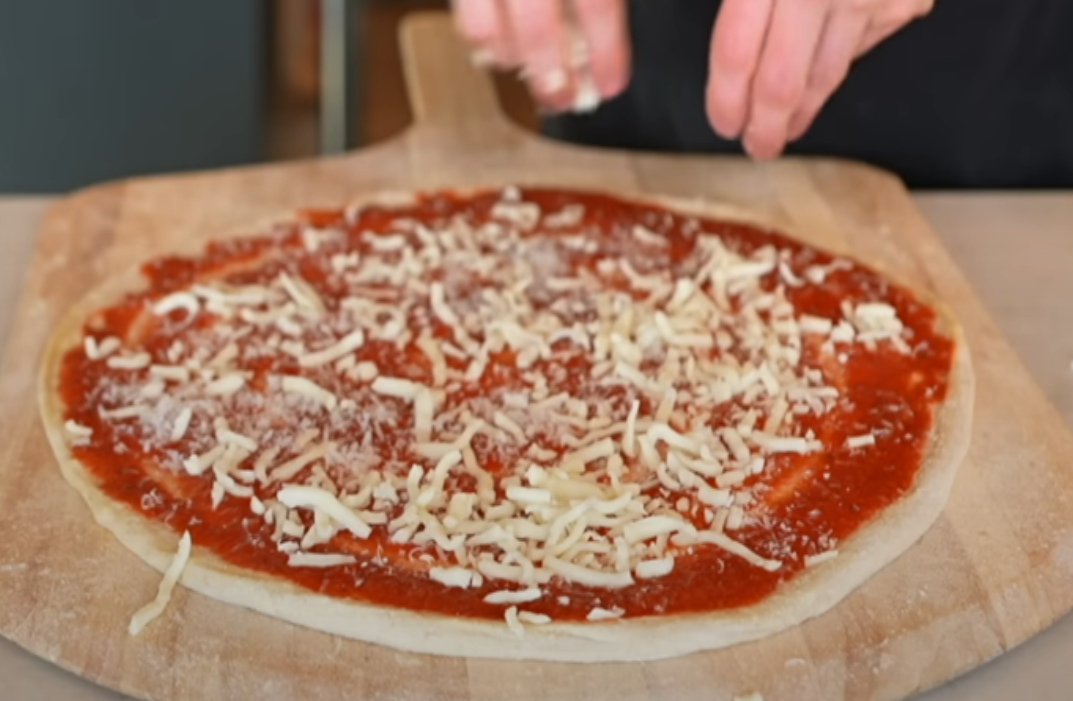
A classic tomato sauce is a great option for any pizza. The acidity of the tomatoes pairs well with the mild flavor of mozzarella. The sauce is made of fresh tomatoes, garlic, olive oil, and a pinch of salt. The sauce is cooked for hours to bring out the natural sweetness of the tomatoes and to thicken the sauce. The aroma of the sauce while cooking is incredible and will make your mouth water.
For a little variation, you can add some herbs like oregano, basil, or thyme to the sauce to give it an extra punch of flavor. This classic tomato sauce is perfect for a Margherita pizza with fresh basil and sliced tomatoes.
White Sauce Options
If you’re looking for something different, consider a white sauce made from ricotta cheese or béchamel. These sauces can provide a creamy, decadent base for your toppings.
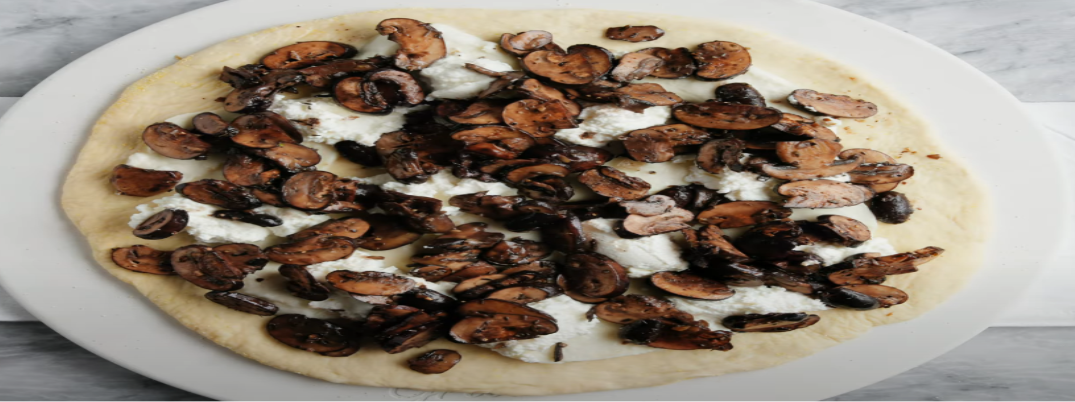
A ricotta cheese sauce is made by mixing ricotta cheese, heavy cream, garlic, and salt. The sauce is then spread on the pizza crust and topped with mozzarella cheese, spinach, and mushrooms. The result is a delicious and indulgent pizza that will satisfy your cravings.
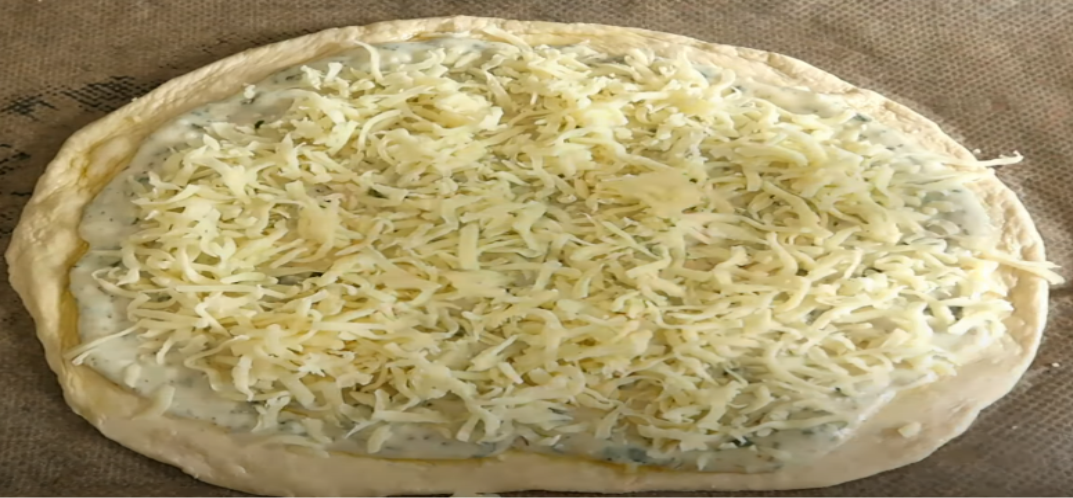
A béchamel sauce is a French white sauce made from butter, flour, and milk. The sauce has a creamy and velvety texture and is perfect for a white pizza with mozzarella, roasted garlic, and caramelized onions. The béchamel sauce adds a rich and savory flavor to the pizza that will leave you wanting more.
Pesto and Other Unique Sauces
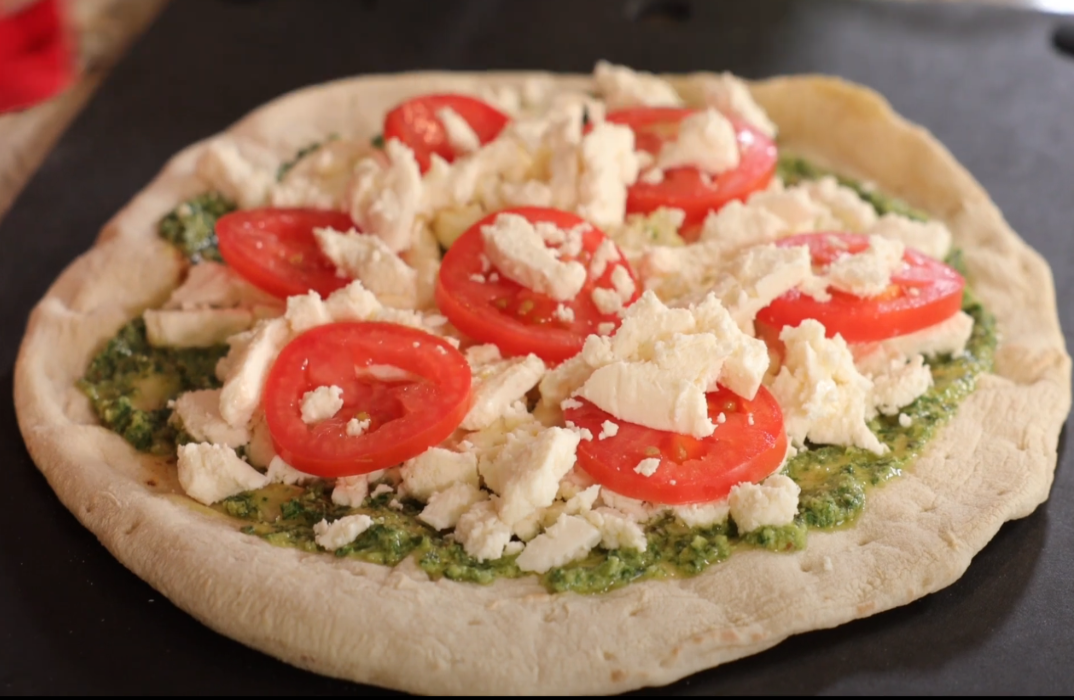
For a pizza with a unique flair, consider using a pesto or other non-traditional sauce. Pesto is made from fresh basil, garlic, pine nuts, olive oil, and Parmesan cheese. The sauce has a bright and fresh flavor that pairs well with both fresh and low-moisture mozzarella. Spread the pesto sauce on the pizza crust and top it with mozzarella cheese, sliced tomatoes, and grilled chicken for a delicious and healthy pizza option.
Other unique sauce options include barbecue sauce, buffalo sauce, and even Alfredo sauce. These sauces can add a fun and exciting twist to your pizza and are perfect for experimenting with different toppings.
Now that you have a better understanding of the different types of pizza sauces, you can experiment with different combinations of mozzarella and sauces to create your perfect pizza. Bon appétit!
Exploring Different Pizza Styles with Mozzarella
When it comes to pizza, mozzarella is undoubtedly the star of the show. Its gooey, stretchy texture and mild, creamy flavor make it the perfect cheese for this beloved dish. But did you know that there are many different styles of pizza that showcase mozzarella in unique and delicious ways?
Neapolitan Pizza
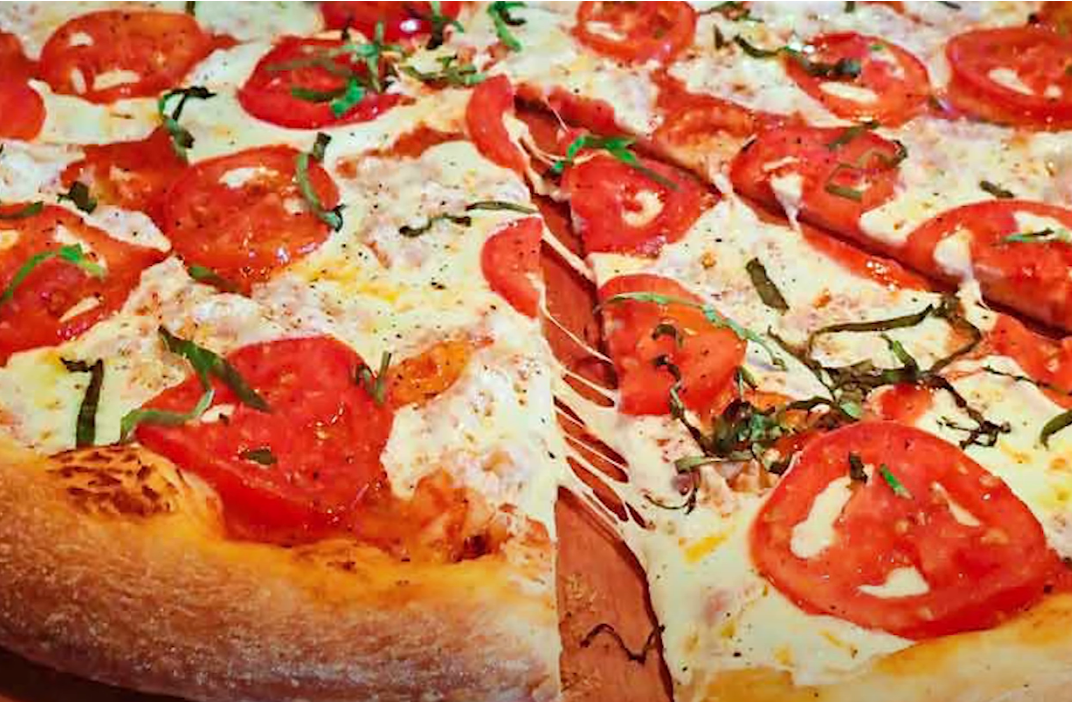
Originating in Naples, Italy, this classic style pizza is all about simplicity. The crust is thin and crispy, allowing the mozzarella to shine through. The toppings are usually minimal, with just a few high-quality ingredients like fresh basil and San Marzano tomatoes. The mozzarella is the star of the show here, providing a creamy, slightly tangy flavor that perfectly complements the other ingredients.
New York-Style Pizza

When most people think of pizza, this is the style that comes to mind. New York-style pizza is known for its large, foldable slices and generous portions of mozzarella. The crust is thicker than Neapolitan pizza, providing a chewy texture that holds up well to bold toppings like pepperoni and sausage. The mozzarella in this style is often shredded and evenly distributed throughout the pizza, providing a gooey, melty goodness in every bite.
Chicago Deep Dish Pizza
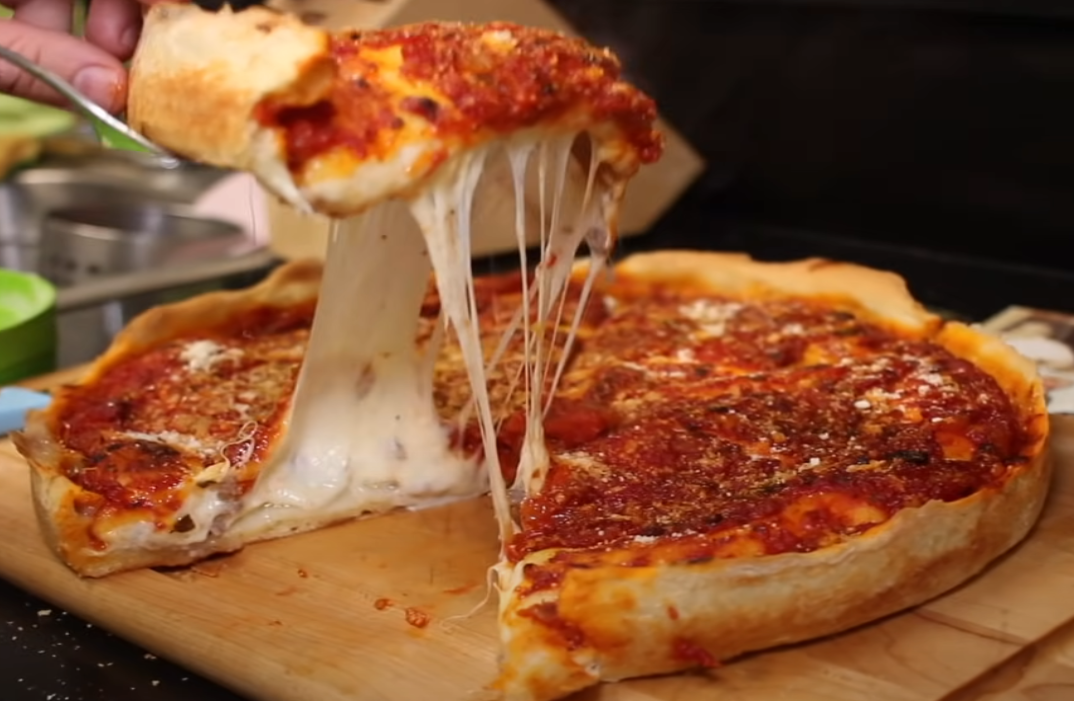
If you’re looking for a truly indulgent pizza experience, look no further than Chicago-style deep dish pizza. This style is all about the cheese – a deep dish filled with gooey mozzarella and other hearty toppings like sausage, onions, and peppers. The crust is thick and buttery, providing a sturdy base for all that cheesy goodness. It’s a filling and satisfying meal that’s perfect for a cold winter’s night.
Sicilian Pizza

This style of pizza hails from Sicily and is characterized by its thick, square slices and generous layers of cheese and toppings. The crust is often crispy on the outside and soft on the inside, providing a satisfying texture that pairs well with the creamy mozzarella. Sicilian pizza is often topped with ingredients like olives, anchovies, and onions, providing a salty, savory flavor that perfectly complements the cheese.
So next time you’re in the mood for pizza, consider trying out one of these delicious styles and savoring the unique flavor and texture of mozzarella in each bite.
Conclusion: Crafting Your Perfect Mozzarella Pizza
With the right mozzarella, sauce, and technique, you can create a pizza that perfectly caters to your tastes. Experiment and enjoy the journey as you find your favorite combination of ingredients and styles. Remember, the key to a great pizza is always starting with high-quality ingredients, and mozzarella is no exception.



